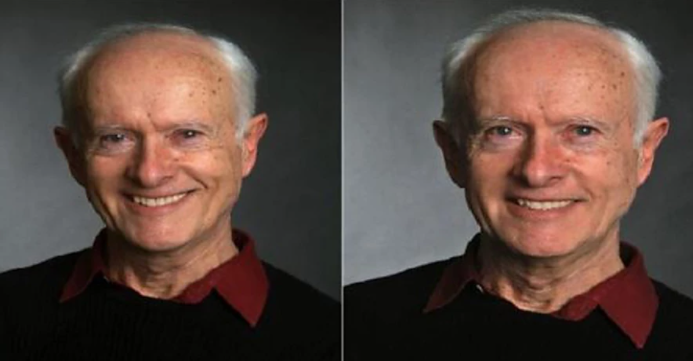Reading time: 2 minutes
Which muscles do we move when we smile?
One of the most interesting signals a person can send is of course the act of smiling. This are things that are known about how a smile is born: at the beginning of 19th century, the French neurologist Guillaume Duchenne de Boulogne studied the facial musculature of the man experimenting on people paralyzed or death by guillotine. He identified two groups of muscles responsible of the smile: the big zygomatic and the orbicular of the eye. The first ones connect the cheekbone to the mouth’ sides, and contracting they carry out a lateral traction on the mouth making the cheeks get up and determining the exposition of teeth, the second ones surround the eye.

How to distinguish a true smile from a fake one
The scientist noticed that the first muscles are voluntary while the second ones cannot be controlled on purpose. Following studies have specified that actually only a part of the orbicularis oculi muscle is involuntary and that a small percentage of people, however, can control it voluntarily.
Substantially this prove how people can of course smile forcing themselves, but they cannot reproduce perfectly that smiles that come out when one is having fun truly.
An NVC expert can notice how sincere smiles are born on the face of a person more slowly than the ones conditioned. Moreover the first ones, moving a bigger number of muscles, create greater changes to the face’ surface. A simple trick to understand if a smile is true or false is to see if in the smile are also involved the muscles around the eyes. Who is smiling spontaneously will get involved also the muscles that create an “hen’s paw” next to the eyes.
At this point the choice is yours: do you prefer to have a lot of sincere smiles and some small wrinkle or do you prefer to smile only with the mouth and not with the eyes? I do prefer the first ones.
Luca Brambilla
